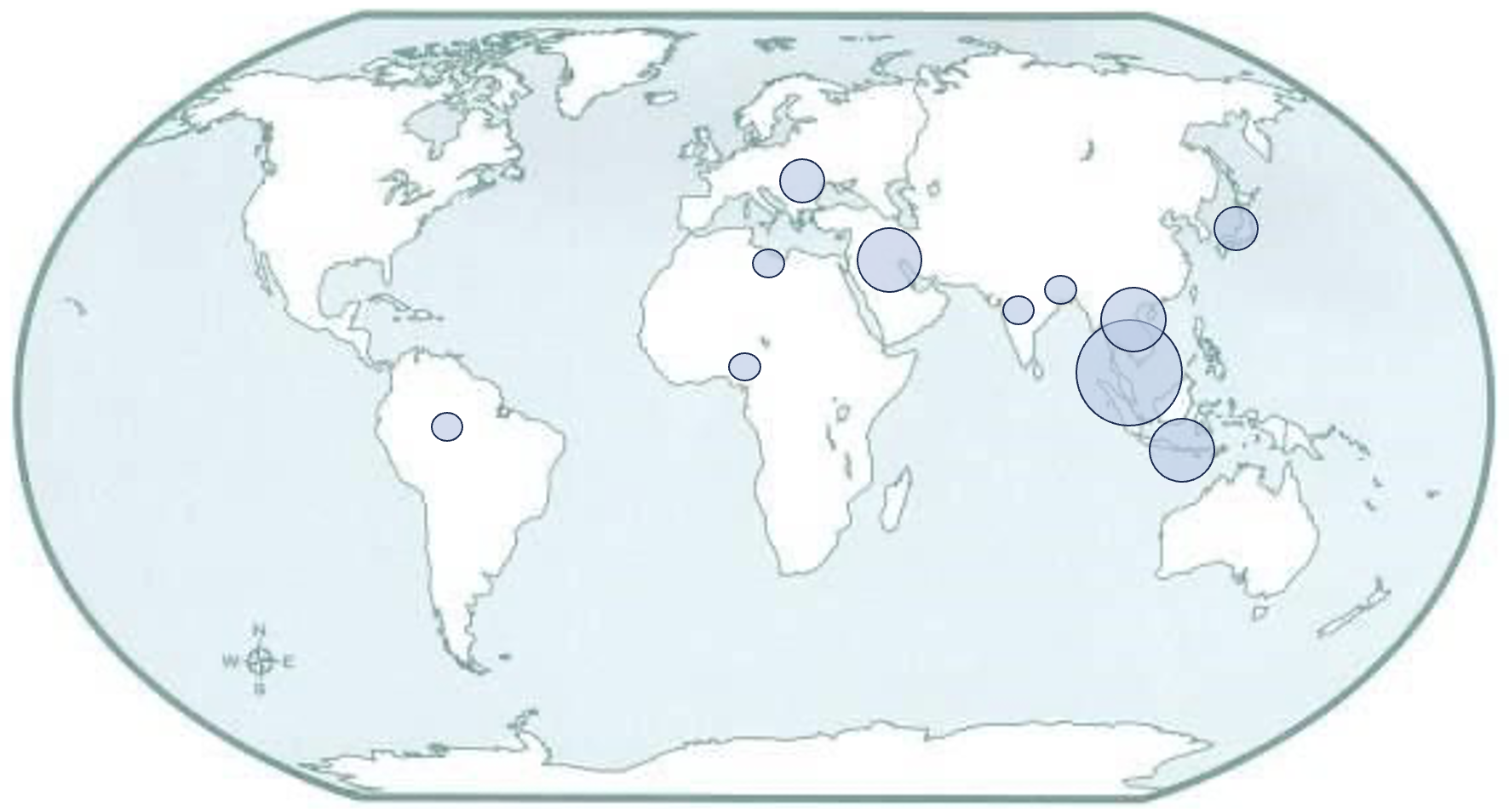Dynamic Adsorption of Lead by Novel Graphene Oxide-polyethersulfone Nanocomposite Membrane in Fixed-bed Column
Keywords:
dynamic adsorption, graphene-oxide, nanocomposite membrane, breakthrough modelsAbstract
The existence of a high dosage of heavy metals in industrial effluents represents the greatest challenge in wastewater treatment. Of these heavy metals, lead (Pb) is recognized as a longstanding contaminant due to rapid industrialization in the semiconductor and electronics industries that are harmful to the environment and human health. The development of a modified graphene oxide nanocomposite membrane was sought as a potential adsorbent for the removal of lead ions by continuous adsorption. In this study, graphene oxide-polyethersulfone nanocomposite (GPN) membrane was fabricated via non-solvent induced phase inversion (NIPS) method where the modification of membrane was conducted by incorporating graphene oxide (GO) in the matrix polymer solution. The effect of the dynamic adsorption process was investigated together with the influence of flowrate, initial lead concentration, and bed height. The adsorption was efficient with 10 ml/min of flow rate, 100 ppm of feed concentration, and 0.06 cm of bed height in terms of the elevated adsorption capacity. The experimental adsorption data were evaluated to predict the breakthrough curve of lead adsorption onto the membrane using the Thomas model, the Bohart-Adams model, the Yoon-Nelson model, and the dose-response model. The breakthrough curves were well fitted with the Bohart-Adams model and the maximum adsorption capacity was found to be 1614 mg/g with the initial Pb concentration of 100 ppm at a flow rate of 10 ml/min. The high coefficient of determination (R2) and the low sum of squared errors (SSE) on the Bohart-Adams models indicate a good fit of the experimental data for the effect of flowrate, feed concentration and bed height.
Downloads



















